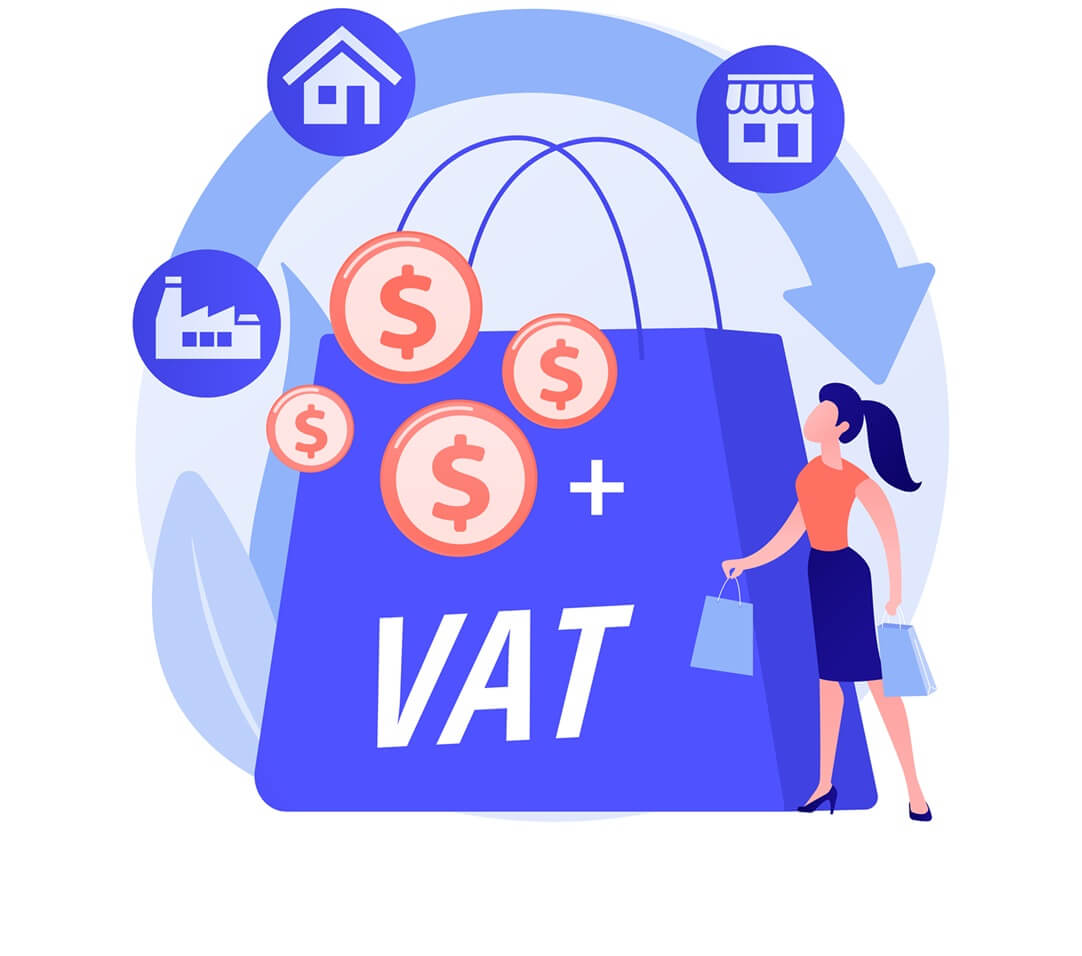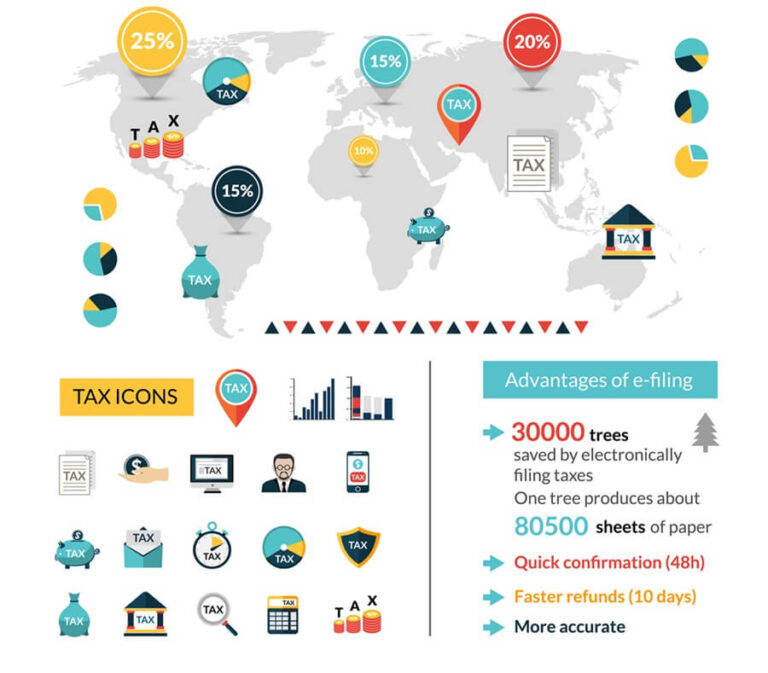Using VAT to Compete on Price – Ways Businesses Can Build VAT into Pricing to Stay Competitive
In today’s dynamic business landscape, staying competitive is paramount for success. One often overlooked yet powerful tool in a business’s arsenal is Value Added Tax (VAT). This article delves into the various ways businesses can strategically use VAT to compete on price, ensuring a sustainable edge in the market.
I. Introduction
A. Brief Overview of VAT
Value Added Tax, commonly known as VAT, is a consumption tax imposed at each stage of the production and distribution chain. Businesses need to comprehend the nuances of VAT to harness its potential for gaining a competitive advantage. Read more here
B. Importance of Competitive Pricing
Competitive pricing is a cornerstone for attracting and retaining customers. Businesses that effectively utilize VAT in their pricing strategies can create a pricing model that not only complies with regulations but also resonates with consumers.
II. Understanding VAT
A. Definition and Basics of VAT
VAT is a type of indirect tax that is levied on the value added to goods and services at each stage of the production and distribution process. Understanding the fundamental concepts of VAT is crucial for businesses looking to integrate it into their pricing strategies.
B. VAT Rates and Exemptions
Different products and services may have varying VAT rates, and some may even be exempt. Navigating the landscape of VAT rates and exemptions is vital for businesses to ensure accurate pricing. Want to find more?
III. Incorporating VAT in Pricing Strategies
A. Building Transparency in Pricing
Customers appreciate transparency. Integrating VAT into the displayed prices fosters trust and helps customers make informed purchasing decisions.
B. Impact of VAT on Profit Margins
Businesses must analyze the impact of VAT on their profit margins. Strategic pricing that accounts for VAT can help maintain profitability while remaining competitive.
C. Adjusting Prices Strategically
Flexibility is key. Businesses should be agile in adjusting prices to adapt to changes in VAT rates, ensuring they remain competitive in the market.
IV. Competitive Advantage through VAT
A. Attracting Cost-Sensitive Customers
Consumers are increasingly price-conscious. Using VAT to offer competitive prices can attract a broader customer base, especially those who prioritize cost-effectiveness.
B. Leveraging VAT for Marketing Strategies
Smart marketing can turn VAT into a selling point. Promoting transparent pricing and highlighting competitive advantages gained through VAT can set a business apart from its competitors.
V. Challenges and Solutions
A. Handling Consumer Perception
Some consumers may view VAT negatively. Addressing and educating customers about the benefits of VAT-inclusive pricing can help overcome potential challenges.
B. Dealing with Fluctuating VAT Rates
VAT rates may change. Businesses need strategies in place to navigate fluctuating rates, ensuring pricing remains both competitive and compliant.
C. Implementing Effective Communication Strategies
Clear communication about pricing structures and the value customers receive is crucial. Businesses should invest in effective communication strategies to convey the benefits of their pricing approach.
VI. Case Studies
A. Successful Businesses Using VAT for Competitive Pricing
Examining real-world examples of businesses successfully incorporating VAT into their pricing strategies provides valuable insights for others looking to follow suit.
B. Lessons Learned from These Case Studies
Identifying common themes and lessons learned from successful case studies helps businesses avoid pitfalls and refine their own VAT-based pricing strategies.
VII. Future Trends in VAT and Pricing
A. Technological Advancements Influencing VAT Implementation
Technological innovations are reshaping the business landscape. Exploring how these advancements impact VAT implementation can help businesses stay ahead of the curve.
B. Potential Changes in VAT Regulations Impacting Pricing Strategies
Keeping an eye on evolving VAT regulations is crucial. Anticipating and adapting to potential changes ensures businesses remain compliant and competitive.
VIII. Expert Opinions
A. Insights from Industry Experts on VAT and Pricing
Gaining perspectives from industry experts provides a deeper understanding of the nuances of incorporating VAT into pricing strategies.
B. Recommendations for Businesses to Stay Competitive
Experts often provide actionable recommendations. Implementing these recommendations can give businesses a strategic edge in the market.
IX. Tips for Small Businesses
A. Tailoring VAT Strategies for Small Enterprises
Small businesses may face unique challenges. Tailoring VAT strategies to suit the scale and nature of small enterprises is essential for sustained competitiveness.
B. Balancing Competitiveness and Financial Stability
Finding the right balance between competitiveness and financial stability is crucial. Small businesses must navigate this delicate equilibrium to thrive in the market.
X. Conclusion
A. Recap of the Importance of Using VAT for Competitive Pricing
In conclusion, leveraging VAT for competitive pricing is a dynamic strategy that can propel businesses to the forefront of their industries.
B. Encouragement for Businesses to Explore VAT Strategies
Businesses are encouraged to explore and implement VAT strategies, considering them not only as regulatory requirements but as powerful tools for gaining a competitive edge.
FAQs
How does VAT contribute to competitive pricing?
VAT allows businesses to strategically adjust prices, attracting cost-sensitive customers and gaining a competitive advantage.
What challenges might businesses face in incorporating VAT into pricing?
Businesses may encounter challenges in handling consumer perception, dealing with fluctuating VAT rates, and effectively communicating pricing structures.
Are there specific VAT strategies tailored for small businesses?
Yes, small businesses can tailor VAT strategies to their scale and nature, finding the right balance between competitiveness and financial stability.
How can businesses stay updated on changes in VAT regulations?
Regularly monitoring updates from tax authorities and staying informed about industry trends can help businesses stay ahead of potential changes in VAT regulations.
Is incorporating VAT into pricing only beneficial for large businesses?
No, businesses of all sizes can benefit from incorporating VAT into pricing, provided they understand the nuances and strategically implement pricing adjustments.







